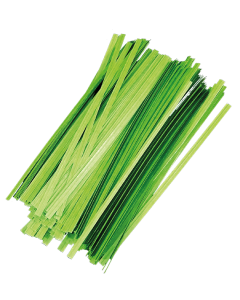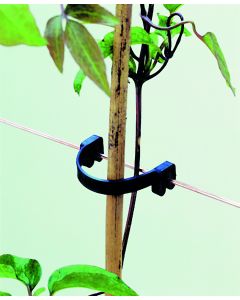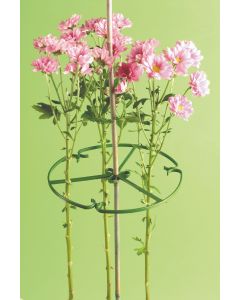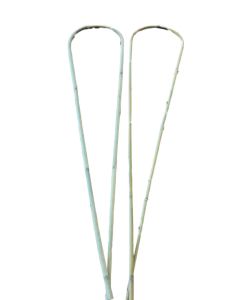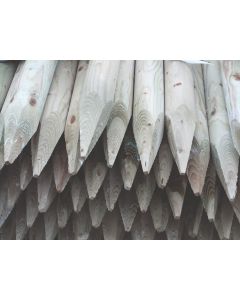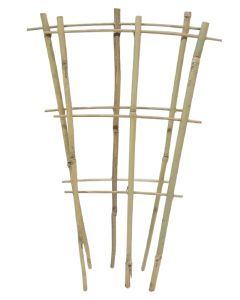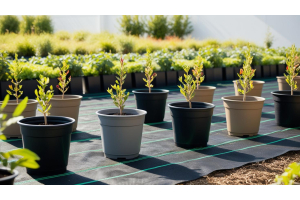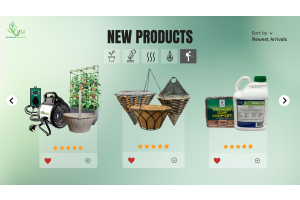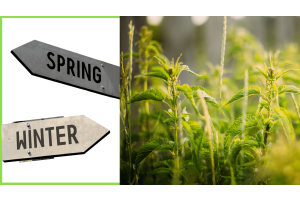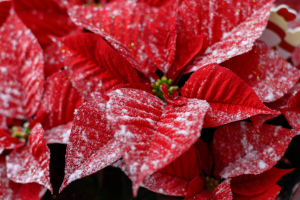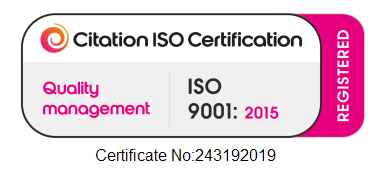The Ultimate Guide to Choosing the Perfect Trellis for Your Climbing Plants
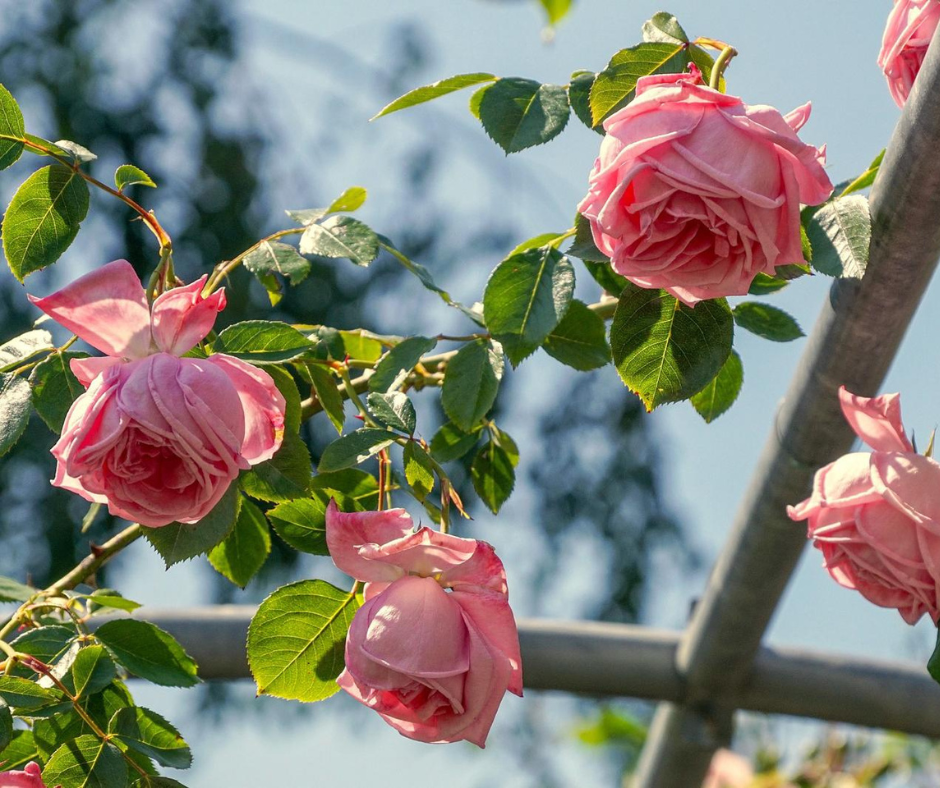
Climbing plants can add a touch of natural beauty to any garden or outdoor space. However, choosing a suitable trellis ensures their optimal growth and appearance. The suitable trellis for your climbing plants can be a game-changer, and here are five essential tips to help you make the right choice.
1. Consider the Plant Type
Different climbing plants have different growth habits and support requirements. It's essential to consider the specific needs of your plants when selecting a trellis. Some plants, such as heavy vines, require sturdy and durable trellises, while lighter plants may thrive on more delicate structures. Understanding your plant's needs is the first step in choosing the perfect trellis.
2. Size Matters
Matching the size of the trellis to the potential size of the plant is crucial. A too small trellis can hinder the plant's growth and may cause damage. On the other hand, a too large trellis may overshadow smaller plants or create an unbalanced aesthetic. Consider the plant's mature size when selecting a trellis to ensure a harmonious and supportive environment for your climbing plants.
3. Material Choice


The choice of material for your trellis is a critical consideration. Wood, metal, and plastic are standard options, each with pros and cons.
- Wood offers a natural look and blends well with garden surroundings but may require maintenance.
- Metal trellises are durable and provide strong support, but they can be susceptible to rust.
- Plastic trellises are lightweight and low-maintenance but may not offer the same level of durability.
Choose a material that not only complements your garden's aesthetic but also suits the climate conditions in your area.
4. Installation and Maintenance
A good trellis should be easy to install and maintain. Consider the ease of setup and any maintenance requirements when making your selection. Additionally, ensure that the trellis is sturdy enough to withstand the weight of the plant and any potential harsh weather conditions. A well-installed and maintained trellis will support your climbing plants, promoting healthy growth and longevity.
There are a range of options when you're securing climbing plants to trellis or other supports. Such as:
- Securing clips are designed to secure climbers, shrubs, roses and young trees to straining wires in growing beds or garden centre retail areas and are totally re-useable
- Twist-it stem ties are useful for helping climbing plants develop and grow better. Good for securing climbing plants to support.
- Plant support rings fit onto any size cane and can adjust up or down the cane as required. It avoids damage to delicate plants, guiding growth up.
- Jute Twine is a natural renewable product that is biodegradable.
For others, see our range on our website here.
5. Budget
While considering all the factors mentioned above, it's essential to keep your budget in mind. While opting for the cheapest option may be tempting, investing in a good-quality trellis can lead to long-term benefits. A durable and well-suited trellis is an investment that will pay off in healthy and flourishing climbing plants.
By carefully considering these five essential tips, you can select the perfect trellis for your climbing plants and create an environment where they can flourish.
- Events (0)
- Blog (69)
-
Sustainability
(16)
- irrigation (3)
- peat (3)

